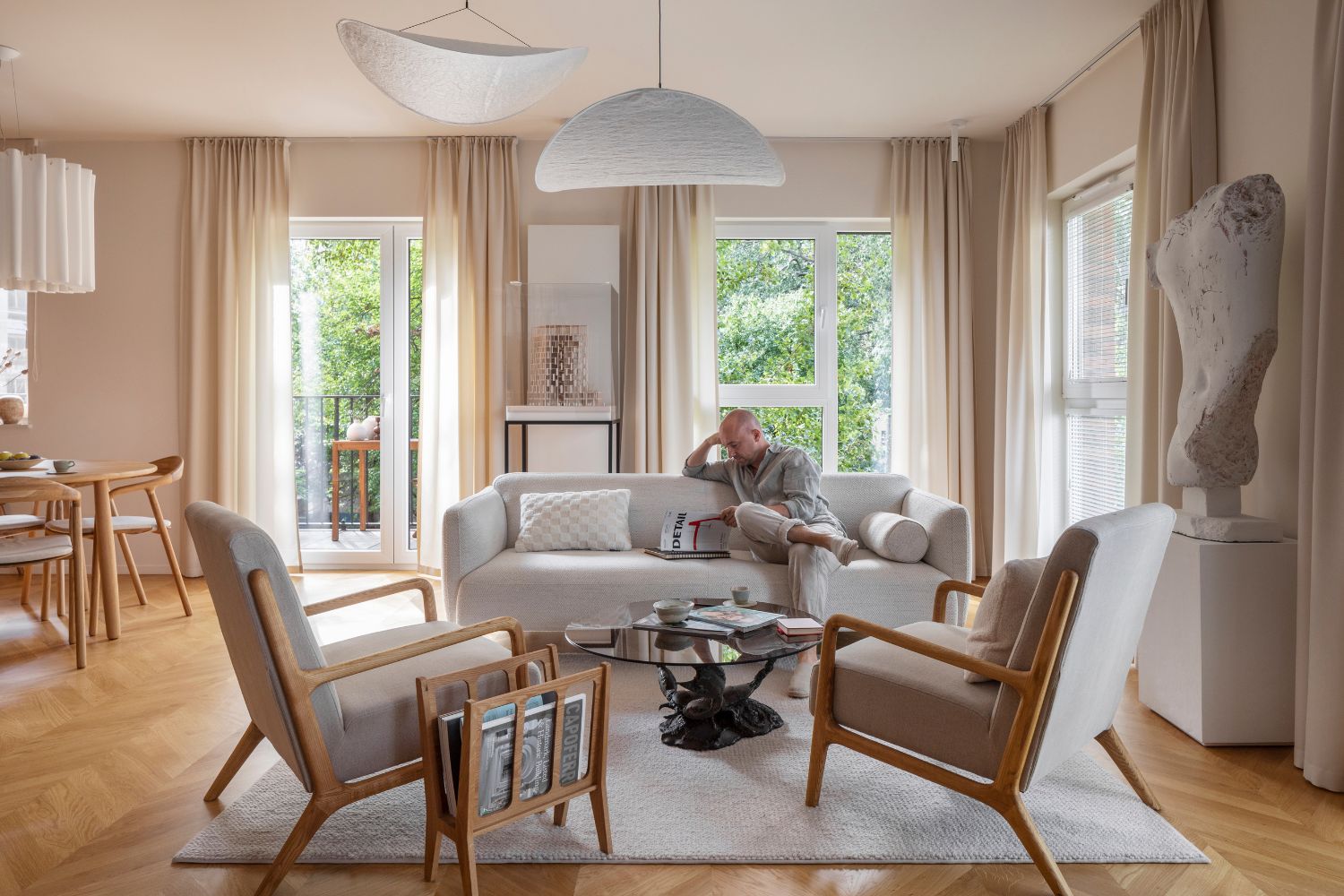- Home
- Articles
- Architectural Portfolio
- Architectral Presentation
- Inspirational Stories
- Architecture News
- Visualization
- BIM Industry
- Facade Design
- Parametric Design
- Career
- Landscape Architecture
- Construction
- Artificial Intelligence
- Sketching
- Design Softwares
- Diagrams
- Writing
- Architectural Tips
- Sustainability
- Courses
- Concept
- Technology
- History & Heritage
- Future of Architecture
- Guides & How-To
- Art & Culture
- Projects
- Interior Design
- Competitions
- Jobs
- Store
- Tools
- More
- Home
- Articles
- Architectural Portfolio
- Architectral Presentation
- Inspirational Stories
- Architecture News
- Visualization
- BIM Industry
- Facade Design
- Parametric Design
- Career
- Landscape Architecture
- Construction
- Artificial Intelligence
- Sketching
- Design Softwares
- Diagrams
- Writing
- Architectural Tips
- Sustainability
- Courses
- Concept
- Technology
- History & Heritage
- Future of Architecture
- Guides & How-To
- Art & Culture
- Projects
- Interior Design
- Competitions
- Jobs
- Store
- Tools
- More
The Best of Minimalism: Simplify Your Life with Purpose and Clarity
Discover the essence of minimalism as more than a design trend—it’s a mindset for intentional, balanced living. Learn how simplifying spaces, routines, and choices can reduce stress, enhance clarity, and foster purpose. Explore its applications in lifestyle, design, art, and culture, and gain practical tips to embrace minimalism’s transformative power in your daily life.

Minimalism isn’t just a design trend or a lifestyle choice—it’s a mindset that helps us focus on what truly matters. In a world overflowing with distractions and clutter, embracing minimalism allows us to simplify, declutter, and create space for what brings us joy and purpose. It’s about living intentionally and finding freedom in less.
We’ve all felt the weight of “too much”—too much stuff, too many commitments, too much noise. Minimalism offers a refreshing perspective by encouraging us to strip away the excess and make room for clarity and balance. Whether it’s in our homes, wardrobes, or schedules, the best of minimalism reminds us that less really can be more.
Table of Contents
ToggleWhat Is Minimalism?
Minimalism centers on living with purpose and eliminating unnecessary distractions. It’s about creating space for value and clarity by removing excess in all forms.
Defining Minimalism
Minimalism is the intentional focus on essential elements while removing what doesn’t serve a purpose. It applies equally to physical spaces, digital habits, and emotional commitments. This approach encourages prioritizing quality over quantity and fostering simplicity.
- Intentionality: Prioritize actions, possessions, and relationships that align with personal values. Avoid accumulating items or commitments that lack meaning.
- Simplification: Focus on reducing complexity in daily life. Streamline responsibilities, designs, and environments to create mental and physical clarity.
- Mindfulness: Stay present during decision-making processes. Evaluate needs before acquiring material goods or agreeing to new obligations.
- Quality Over Quantity: Invest in fewer but better possessions or experiences. Opt for durable, timeless choices instead of overly trendy or disposable options.
- Sustainability: Choose practices that benefit long-term well-being and the environment. Embrace minimal waste and conscious consumption when adopting a minimalist approach.
These principles connect minimalism with intentional living, ensuring every decision supports a clear and focused way of life.

The Best of Minimalist Design
Minimalist design celebrates simplicity, functionality, and elegance. By focusing only on essential elements, it creates spaces, products, and visual compositions that are both practical and timeless.
Timeless Minimalist Aesthetics
Minimalist aesthetics prioritize clean lines, uncluttered spaces, and balanced proportions. Neutral color palettes like white, gray, and beige set a calm tone, while subtle contrasts and textures add depth without overwhelming the design. Negative space plays a significant role, emphasizing clarity and allowing key elements to stand out.
In architecture, minimalist buildings often feature open layouts, large windows, and natural materials such as wood and concrete, which harmonize with their surroundings. In graphic design, sans-serif fonts, simple layouts, and ample white space highlight content’s core message, avoiding unnecessary distractions.
Examples of Iconic Minimalist Creations
Iconic examples of minimalist design exist across multiple domains. Apple’s product designs are widely recognized for combining simplicity with advanced functionality—the iPhone, devoid of excess buttons, is a leading example. In furniture, Ludwig Mies van der Rohe’s Barcelona Chair exemplifies the “less is more” principle with sleek lines and functional form.
Architectural marvels such as Tadao Ando’s Church of the Light demonstrate how minimalist spaces evoke contemplation using natural light and raw materials. Similarly, Dieter Rams’ work for Braun redefined product usability and aesthetics, emphasizing clarity and purpose in items like radios and clocks.
These creations exemplify the enduring appeal of minimalist design, offering practical solutions while elevating artistic expression.

Minimalism in Lifestyle
Minimalism in lifestyle focuses on intentional living by eliminating the non-essential. It’s about creating space for what truly matters, fostering clarity and balance.
Decluttering and Simplification
Decluttering involves removing unnecessary possessions to create an organized and functional environment. Excess items, like unused clothes or redundant gadgets, often contribute to stress. Simplifying daily routines further reduces decision fatigue and increases efficiency. By having fewer possessions, we encourage mindful consumption and prioritize quality over quantity. For example, a minimalist wardrobe with versatile pieces simplifies dressing while maintaining style. This approach aligns with the principles of sustainability and intentionality.
The Impact on Mental Well-Being
Minimalism positively influences mental well-being by reducing stress associated with excess. Living with fewer distractions, both physical and digital, allows us to focus on meaningful activities. A simplified environment fosters calmness and improves concentration. For instance, a clutter-free workspace enhances productivity and reduces overwhelm. Minimalism also encourages mindfulness by promoting awareness of what enriches our lives, helping us maintain emotional balance and purpose.
Minimalism in Art and Culture
Minimalism emerged as a transformative movement, stripping complexities to amplify clarity and meaning. Its influence spans art, music, literature, and broader cultural expressions, emphasizing essential elements over excess.
Key Artists and Movements
Minimalism in art began in the late 1950s and peaked in the 1960s. Artists like Donald Judd and Dan Flavin shaped the movement with their focus on geometric forms and industrial materials. Judd’s untitled works, using repeated stainless steel boxes, showcased simplicity and spatial harmony. Flavin’s iconic fluorescent light installations highlighted relationships between light, color, and space.
Others like Agnes Martin emphasized subtle, hand-drawn grids to evoke emotional depth, while Frank Stella’s bold, non-representational paintings demonstrated “what you see is what you see.” Their work stripped away symbolism, emphasizing direct engagement with the artwork’s form and medium.
Movements such as the Bauhaus, which predated minimalism, and later developments like conceptual art contributed to minimalism’s evolution, focusing on utility, form, and the reduction of unnecessary elements. These influences connected minimalism to broader cultural and creative practices.
The Influence on Modern Creativity
Minimalism continues shaping modern creativity, particularly in design, architecture, and digital media. Its principles of simplicity, balance, and functionality are evident in tech interfaces, branding, and web design—examples include Google’s homepage and the user-centric design of Apple products. These creations prioritize usability while maintaining aesthetic appeal.
In music, composers like Steve Reich and Philip Glass explored repetitive structures and tonal textures, stripping compositions to their essentials and spawning contemporary minimalist genres. Literature embraced brevity; authors like Raymond Carver utilized sparse prose to add depth and amplify subtext.
Across disciplines, minimalism fosters innovation by encouraging creators to focus on essential ideas. It provides a framework for sustainable, meaningful designs and productions, resonating with modern priorities like efficiency and mindfulness.

How to Embrace Minimalism in Your Life
Adopting minimalism involves focusing on essentials and letting go of non-essential elements. By aligning our lives with minimalist principles, we can create space for clarity, value, and purpose.
Practical Tips for Beginners
- Start Small: Focus on one area, such as your closet or a single drawer, to build momentum. Removing duplicate or unused items simplifies the process.
- Set Clear Goals: Define what minimalism means to you—whether it’s owning fewer items, simplifying routines, or reducing distractions.
- Declutter Regularly: Schedule consistent decluttering sessions to maintain order. For example, review your possessions monthly to ensure everything serves a purpose.
- Adopt the One-In, One-Out Rule: Limit accumulation by discarding one item whenever a new one is acquired. This prevents clutter from returning.
- Be Mindful of Purchases: Focus on quality over quantity. Invest in durable, meaningful items instead of impulsive buys.
- Limit Digital Overload: Reduce digital clutter by unsubscribing from unnecessary emails and organizing files. Deleting unused apps also helps maintain focus.
- Rushing the Process: Trying to achieve minimalism overnight can lead to anxiety. Incremental changes ensure lasting habits.
- Focusing Solely on Aesthetics: Minimalism isn’t just about empty spaces or clean lines. Emphasize functionality and personal meaning over appearance.
- Getting Rid of Too Much: Removing essential or sentimental items can cause regret. Ensure every action aligns with your specific needs.
- Ignoring Emotional Clutter: Address commitments, relationships, and habits that drain energy. Create boundaries to support your minimalist mindset.
- Being Overly Rigid: Minimalism is flexible and personal. Adapt principles to enhance your lifestyle instead of following trends or extremes.
By starting small and maintaining focus on meaningful simplicity, we can embrace minimalism as a sustainable and enjoyable way of life.
Conclusion
Minimalism embodies a mindset focused on intentionality, simplicity, and clarity. It encourages us to eliminate excess and distractions, creating space for purpose and meaning in our lives. By adopting minimalism, we align our decisions with values that promote balance and fulfillment.
Minimalist design and lifestyle principles demonstrate how simplicity enhances functionality and aesthetics. Whether through decluttered spaces, streamlined routines, or timeless designs, minimalism fosters calm environments and efficient habits. Its influence extends to diverse areas, including art, architecture, and culture, showcasing its enduring relevance.
Practical steps, such as decluttering and prioritizing quality, enable us to incorporate minimalism into daily life. Recognizing it as a personal journey ensures we can adapt these principles flexibly, leading to sustainable and meaningful improvements. Embracing minimalism reconnects us with what truly matters and enhances our overall well-being.
- effective minimalist design
- Functional Design
- functional minimalist aesthetics
- impact of minimalist design
- lasting design impact
- lasting design trends
- minimalism functionality
- minimalism in design
- Minimalist Design
- minimalist design benefits
- minimalist interior design
- modern minimalist design
- simple design benefits
- simple design principles
- simplicity in design
Submit your architectural projects
Follow these steps for submission your project. Submission FormLatest Posts
Modern American Homes: Interior Design Trends to Watch in 2026
Interior design in the United States is evolving toward warmer, more adaptable,...
BXB Studio’s Hybrid Interior: Redefining the Modern Architectural Workplace
The Warsaw headquarters of BXB Studio was established in a modest 70...
5 Must-Know Interior Design Trends in American Homes
From warm minimalism to bold oversized artwork, these five interior design trends...
How Open Kitchens Create a Sense of Space Indoors (Without Sacrificing Function)
Open kitchens: see how sightlines, lighting, and smart layouts make rooms feel...












Leave a comment